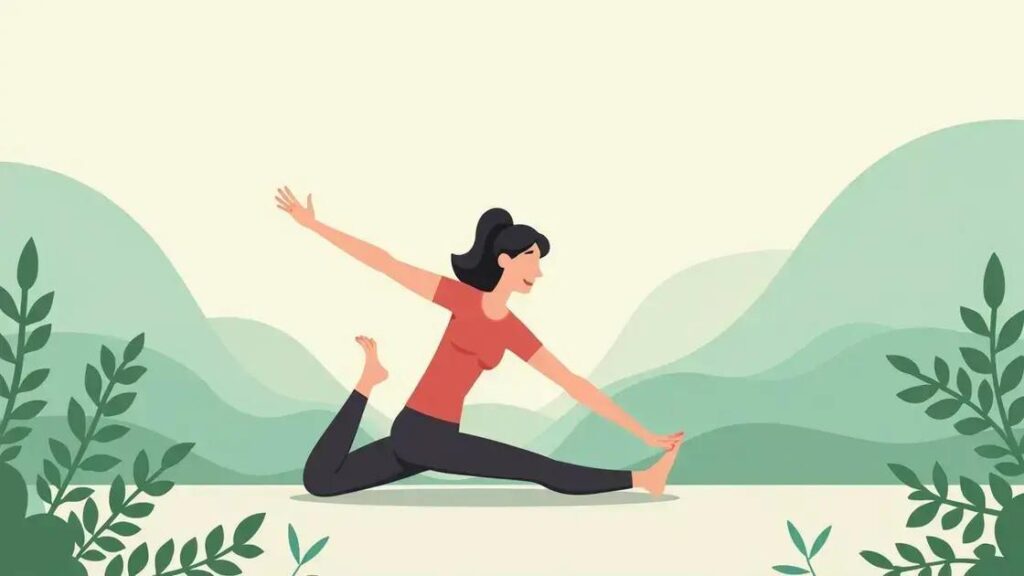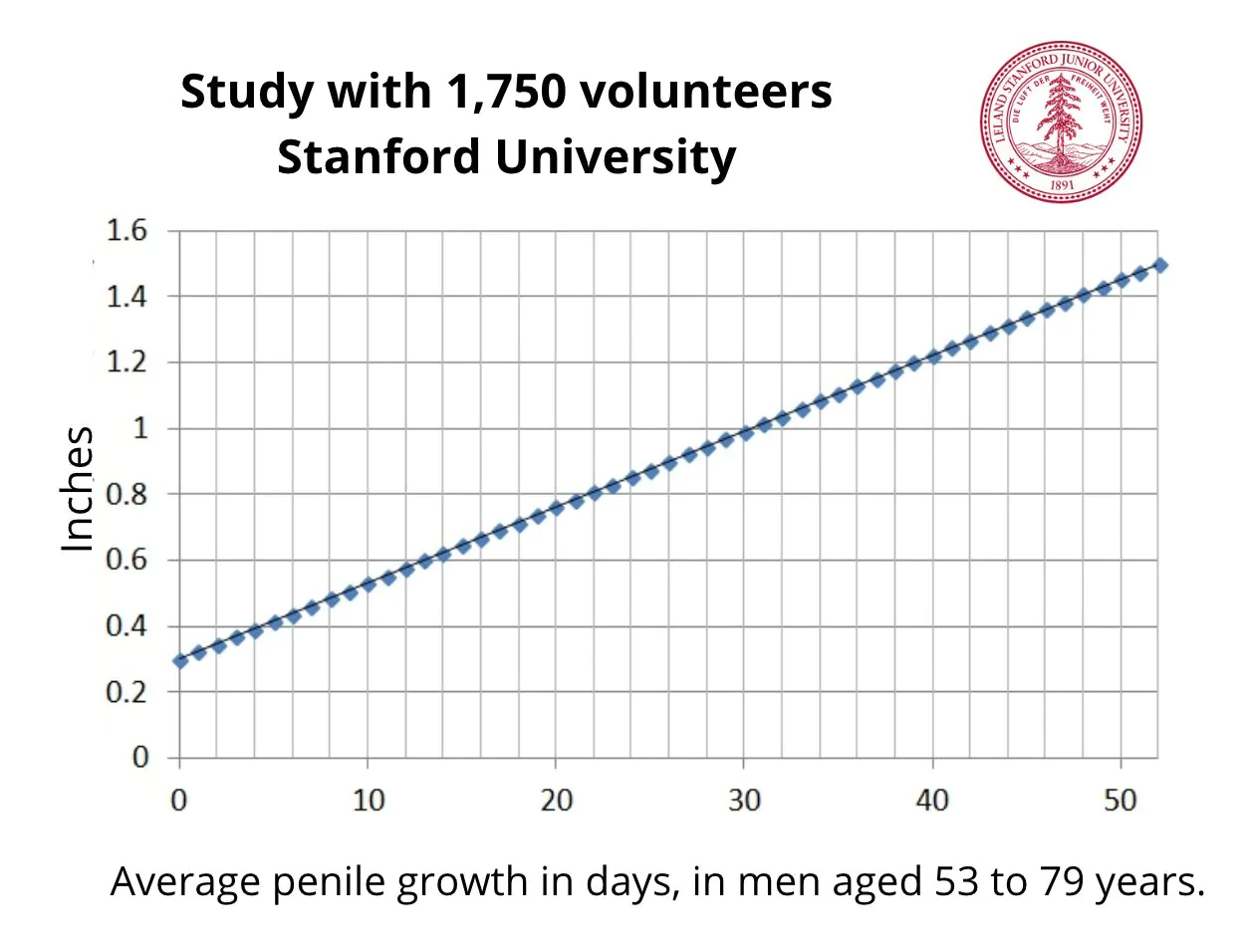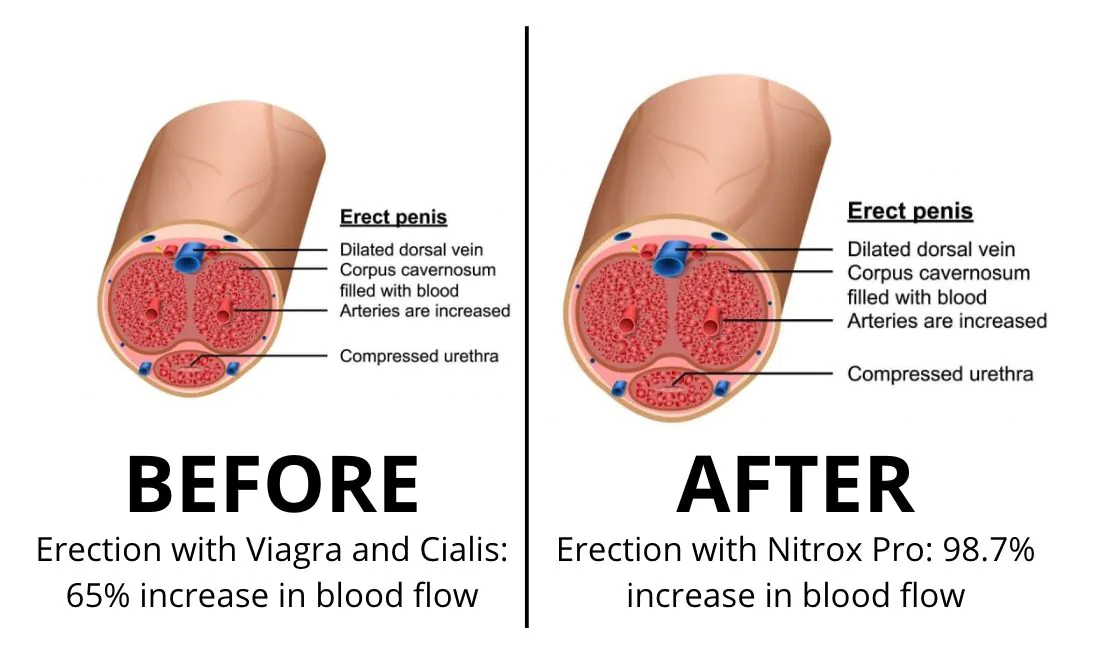Stretching plays a crucial role in reducing stress and boosting mobility by enhancing flexibility, relieving muscle tension, and promoting relaxation. Incorporating regular stretching into your daily routine can lead to improved physical performance, better posture, and a significant reduction in stress levels, making it an essential practice for overall well-being.
Stretching plays a crucial role in reducing stress and improving mobility. Many people overlook these benefits, focusing instead on strength training or cardio workouts. However, understanding how stretching can enhance flexibility, and reduce muscle tightness is essential for overall wellness. In this article, we will explore the various ways stretching contributes to stress relief and discusses practical methods to incorporate it into your daily routine.
Understanding the Benefits of Stretching

Understanding the benefits of stretching is essential for anyone looking to enhance their physical and mental well-being. Stretching is not only a method to increase flexibility but also a powerful tool for reducing stress. When we stretch, our muscles release tension, which can often lead to lower levels of anxiety.
Physical Benefits of Stretching
Stretching helps keep muscles flexible, strong, and healthy. This is crucial because tight muscles can lead to pain and discomfort. Incorporating stretching into your routine can help improve your posture and range of motion.
Mental Benefits of Stretching
Besides physical improvements, stretching also fosters relaxation and mental clarity. As your body relaxes, your mind does too. This can significantly enhance your mood and productivity, making you more focused.
Stretching as a Daily Habit
Integrating stretching into your daily routine can amplify its benefits. Even a few minutes of stretching each day can dramatically improve your body’s resilience to stress. It can be particularly beneficial during work breaks to rejuvenate both your mind and body.
Furthermore, stretching beforehand can prepare your body for other physical activities. This readiness can prevent injuries and make any exercise you engage in more effective. By promoting blood circulation, stretching helps offer essential nutrients to your muscles.
How Stretching Reduces Stress Levels
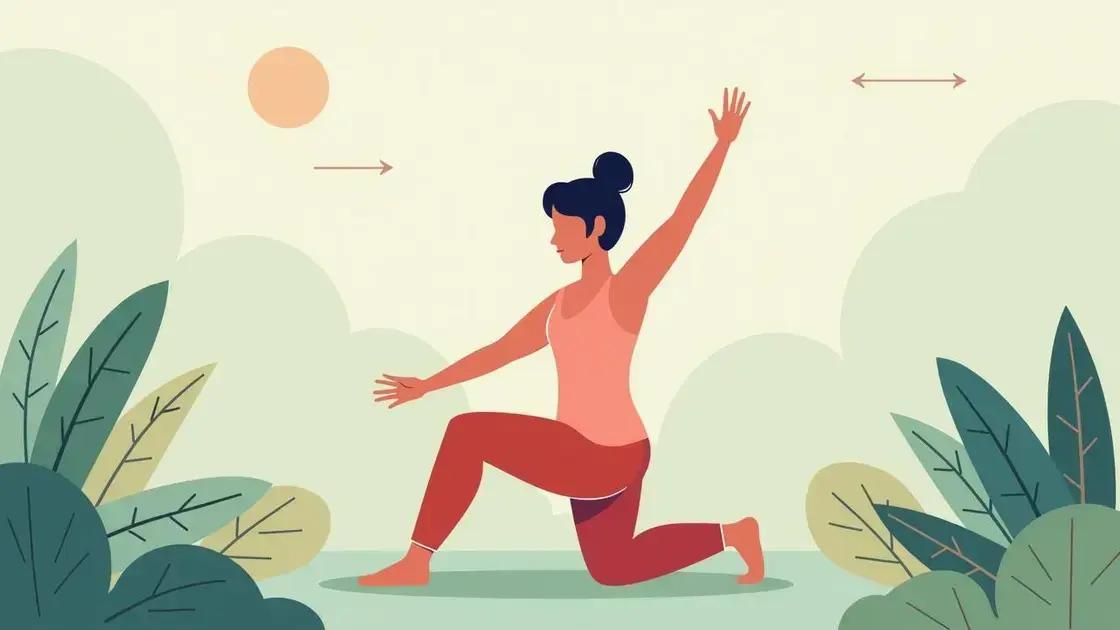
Stretching serves as an effective method for reducing stress levels in various ways. First, it helps to release tension stored in the muscles. When you stretch, your muscles elongate, which helps relieve tension and promotes relaxation.
Physical Release of Tension
Many of us hold stress in our muscles, particularly in areas like the neck, shoulders, and back. By stretching these areas, you can physically release built-up tension, making your body feel lighter and more relaxed.
Increasing Blood Flow
Another way stretching helps reduce stress is by increasing blood flow. When you stretch, your body circulates more oxygenated blood, which helps carry nutrients to your muscles and removes waste products. This improved circulation can also elevate your mood, which helps combat feelings of stress.
Mindfulness and Focus
Stretching frequently encourages a form of mindfulness, drawing your focus toward your body and breath. This mental shift helps declutter your mind, allowing you to focus on the present moment, which can further alleviate stress levels.
A few simple stretches can enhance your body’s ability to handle stress. Whether during a busy day or after a long week, taking a moment to stretch can lead to significant stress relief. Regular stretching practices can strengthen your overall mental resilience against stress.
Improving Mobility Through Regular Stretching
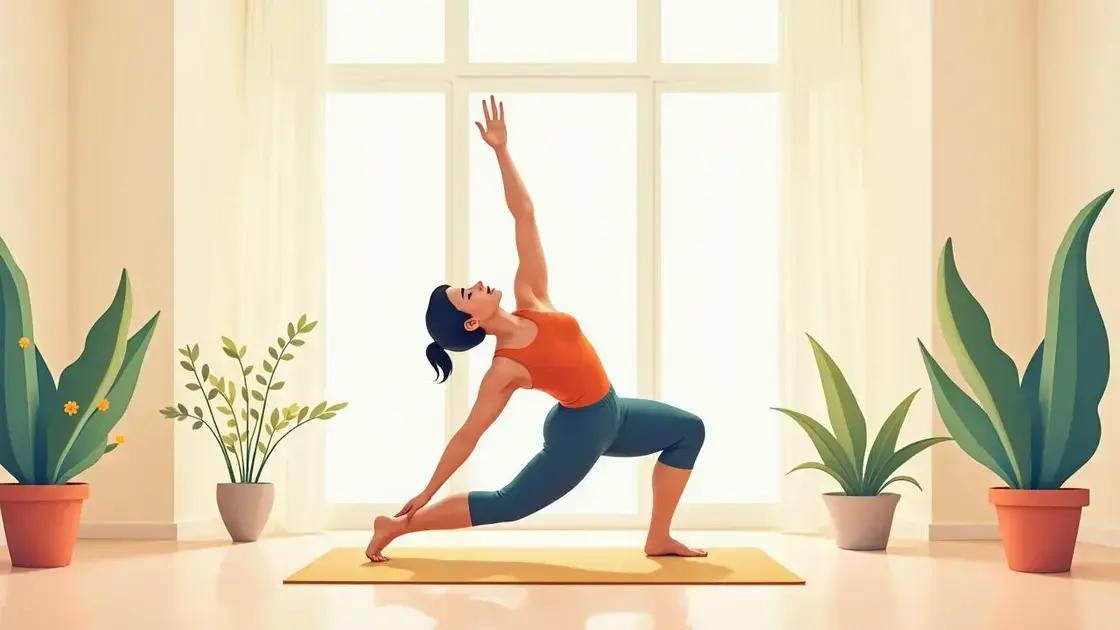
Improving mobility is one of the most significant benefits of incorporating regular stretching into your routine. Stretching can increase your range of motion, making daily activities easier and more enjoyable.
Benefits of Increased Flexibility
Flexibility is essential for overall movement quality. When your muscles are flexible, you can move more freely without discomfort. This helps in safeguarding against injury while performing various physical activities.
Enhancing Athletic Performance
For athletes and fitness enthusiasts, stretching can enhance performance by improving muscle elasticity. Better elasticity allows for more effective and efficient movements, leading to improved performance during workouts, sports, and other physical activities.
Posture and Balance
Regular stretching also aids in improving posture. Good posture promotes balance and reduces the risk of falls. When your muscles are flexible, they help maintain proper alignment in both standing and sitting positions.
By incorporating stretching into your daily life, you will experience noticeable improvements in mobility. Just a few minutes each day dedicated to stretching can lead to significant benefits in overall movement quality, allowing you to enjoy life activities with ease.
Incorporating Stretching into Daily Routines

Incorporating stretching into your daily routine can significantly enhance your flexibility and well-being. Here are some easy ways to make stretching a regular part of your day.
Morning Stretch Routine
Starting your day with stretching can help wake up your muscles. Just five to ten minutes of gentle stretches as you get out of bed can improve blood flow and reduce stiffness. Consider incorporating neck rolls and shoulder shrugs to ease tension.
Stretching Breaks
If you sit for long periods, set a timer for stretching breaks every hour. Stand up and do a few stretches for your back, hips, and legs. This not only promotes better posture but also helps reduce fatigue and stress throughout the day.
Post-Exercise Stretching
Always include stretching after workouts to cool down your muscles. Focus on muscles you’ve worked, holding each stretch for at least 15-30 seconds. This practice helps reduce soreness and enhances recovery.
Incorporating Stretching into Daily Activities
You can also stretch while doing daily tasks. For example, do calf raises while brushing your teeth or stretch your arms overhead while watching TV. This way, stretching feels less daunting and becomes part of your lifestyle.
By implementing these simple strategies, stretching becomes a habit that can greatly benefit your mobility and reduce stress in your daily life.
In Summary: Embrace Stretching for a Healthier Life
The role of stretching in reducing stress and boosting mobility is undeniable. Regular stretching can enhance flexibility, improve posture, and relieve physical tension accumulated throughout the day.
By understanding the myriad benefits of stretching, including its ability to enhance your mental well-being and overall physical performance, you can start to prioritize it in your daily routine.
Incorporating stretching into morning routines, taking breaks during work, and post-exercise sessions are all effective methods to ensure you reap the full benefits. Remember, just a few minutes dedicated to stretching can make a significant difference in both your physical and mental health.
Make stretching a consistent habit, and watch how it transforms not only your mobility but also your approach to stress and wellness.
FAQ – Frequently Asked Questions about Stretching
What are the main benefits of stretching?
Stretching improves flexibility, reduces stress, enhances mobility, and aids in muscle recovery after exercise.
How often should I stretch?
It is recommended to stretch at least 2-3 times a week, but incorporating it daily can yield even better results.
Can stretching help reduce stress?
Yes, stretching helps release muscle tension, promotes blood flow, and encourages mindfulness, all of which reduce stress levels.
What types of stretches are best for daily routines?
Dynamic stretches are great for warming up, while static stretches are ideal for cooling down after exercise.
Is it safe to stretch before exercising?
Yes, stretching before exercising can help prepare your muscles and prevent injuries, but be sure to include a warm-up first.
How can I incorporate stretching into my busy schedule?
You can set reminders for stretching breaks, perform short stretches in the morning, or integrate them into your daily activities.

